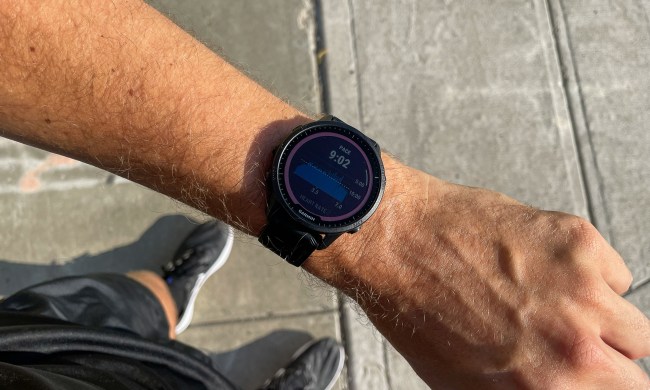In our “What Comes Next” series, Riley Winn takes a look beyond the current state of COVID-19, and at the next steps for industries as we move into the next phase of reopening. On this episode, he takes a look at the changes and safety measures taking place around public transportation and flying, and how those industries are aiming to tackle the spread of the coronavirus.
As more and more places are starting to open up again, going from point A to point B won’t look the same. In airports, we’re already used to screening and security, but now it’s about to get a bit more intense. Some TSA agents may be equipped with thermal helmets that can scan the crowds looking for people with higher temperatures. Anyone that does have a high temperature will be pulled aside and measured with a different thermometer, and potentially asked to leave the airport.
Because of these expanded checks, lines will probably take longer to get through. They will definitely look longer to get through, as social distancing will be implemented in the queues themselves, so you’ll want to be sure to arrive at the airport even earlier than normal.
Things will be different inside the planes as well. There will be empty seats to promote distancing during the flight, and masks will be required on board. Planes will be cleaned using state-of-the-art UV-C lights that can disinfect up to 30 rows a minute, which means an entire 737 can be cleaned in about five minutes.
Watch other episodes to see how tech is helping keep us safe at:
Hotels will also undergo changes. Keys may go from plastic cards to being sent to your phone so you can just open up an app and head straight to your room. TV remotes will be replaced by QR codes that allow you to control the TV from your smartphone, and food and drink options will be contactless. Technology is also being applied at the pool, where guests can reserve their spots poolside so the number of people can be limited.
As for our everyday commutes, public transportation will be working overtime to ensure the health and safety of riders, and will be cleaned around the clock. UV-C lights, much like those that will be used to disinfect airplanes, will be implemented to automate cleaning. And, of course, masks will most likely be mandatory for all public transportation.
Technology will go a long way in helping us contain and control the coronavirus, but public involvement will be a key part of implementing these new safety standards.



